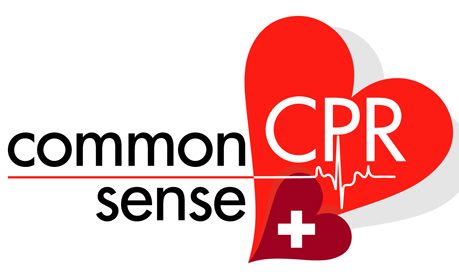For those of us that grew up, or spent time, in western Pennsylvania in the late 1970’ or early 1980’s there was a ubiquitous symbol that was plastered all over our homes. I am  not talking about the Steelers logo, nor am I referring to the labels of Iron City Beer. What I am speaking of is the infamous Mr. Yuk. Developed around 1971 by the Pittsburgh Poison Control Center, this nasty faced avatar became synonymous with household poisons and products dangerous to small children. In the age of minimal environmental protection, harmful chemical proliferated the cabinets under sinks, in garages, and in laundry rooms. Not surprisingly, a spike in poisonings was being observed by poison control centers. Enter Mr. Yuk. Complete with his own theme song, sheets of stickers were given to parents to affix on containers whose contents held any substance that could be construed as a poison. We all knew Mr. Yuk. Ask anyone between age 25 and 40 from Pittsburgh about Mr. Yuk, and chances are that person will start singing “Mr. Yuk is mean, Mr. Yuk is green”.
not talking about the Steelers logo, nor am I referring to the labels of Iron City Beer. What I am speaking of is the infamous Mr. Yuk. Developed around 1971 by the Pittsburgh Poison Control Center, this nasty faced avatar became synonymous with household poisons and products dangerous to small children. In the age of minimal environmental protection, harmful chemical proliferated the cabinets under sinks, in garages, and in laundry rooms. Not surprisingly, a spike in poisonings was being observed by poison control centers. Enter Mr. Yuk. Complete with his own theme song, sheets of stickers were given to parents to affix on containers whose contents held any substance that could be construed as a poison. We all knew Mr. Yuk. Ask anyone between age 25 and 40 from Pittsburgh about Mr. Yuk, and chances are that person will start singing “Mr. Yuk is mean, Mr. Yuk is green”.
As the eighties progressed into the nineties, and the nineties progressed into the new decade, the emphasis on Poison Control Education started to diminish. New concerns such as SIDS and car seat safety became much more commonplace in the media outlets. Recently though, there has been a resurgence in poison awareness. In an article from The New York Times, entitled “Poison Centers Facing Greater Risks all Around” by Perri Klass, MD, this topic has been revisited. In his article, Dr. Klass gives us the obvious facts: toddlers are most likely to ingest poisons. This stands to reason as our children grow mobile, inquisitive, and quite frankly – contrary. The original Mr. Yuk campaign was designed to dissuade these youngsters from drinking bleach or eating dishwasher detergent. The article also brings up a new concern: Prescription drugs. The amount of prescription drugs that we as American adults consume is escalating annually. Our children see us taking these pills, and to some kids they look like candy. The critical thinking follows that “If mommy or daddy can take them to feel better, why can’t I?” It’s an unfortunate occurrence, but it is something that is happening. The first step that should be taken is to make sure that all poisons and drugs are kept out of the reach of children.
So what happens if a child ingests a drug or a poison. The first step that must be taken is to call the Poison Control Center. Some cities and areas have their own facilities and phone numbers. The phone number for the national poison control center is (800) 222-1222. Pediatricians, Emergency room doctors, EMT’s, and parents in the know all call this number when a poisoning is suspected. The people that answer the phones are trained in how to treat the ingestion of seriously dangerous substances. Each poison reacts differently, so to avoid any guesswork, call poison control.
I feel lucky. My children are 8years old and 6 years old. They have passed the age of exploration under the sink and in the garage. When they go to the garage now, it is to find a hammer or a saw or –gulp- a lawnmower. Hopefully when they meet adolescence, the next wave of curiosity surrounding prescription drugs misses them. As Dr. Klass has pointed out, the increase in poisoning of curious teenagers has skyrocketed.
In the meantime, we will be doing our part to curb toddler poisoning by passing out Mr. Yuk stickers and poison control pamphlets at our new Child First Aid and CPR classes. Hopefully this will help parents to be more vigilant in securing potential poisons. I would love to see this Pittsburgh based icon pasted all over New York city homes if I can’t convince families to bring home my favorite Pittsburgh symbol– The logo of my beloved Steelers.
